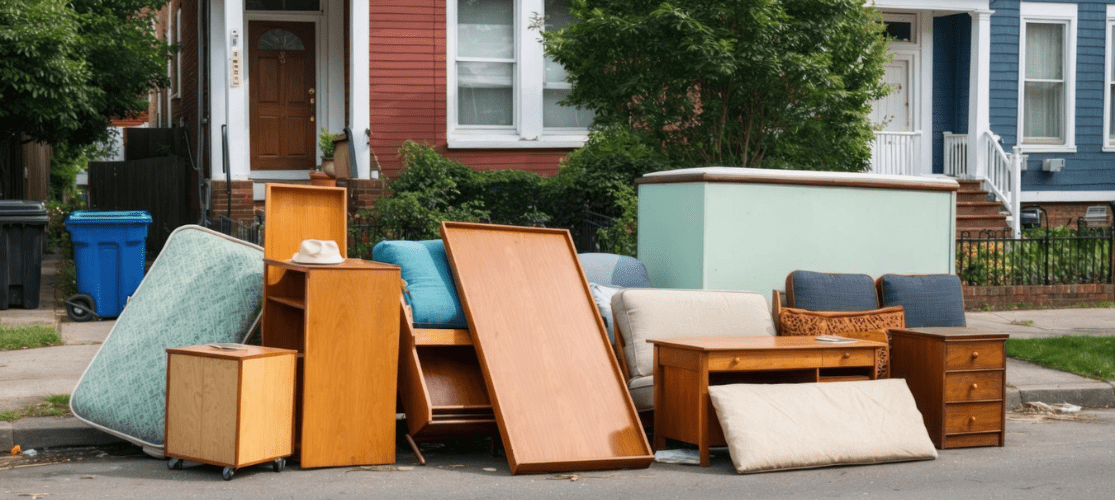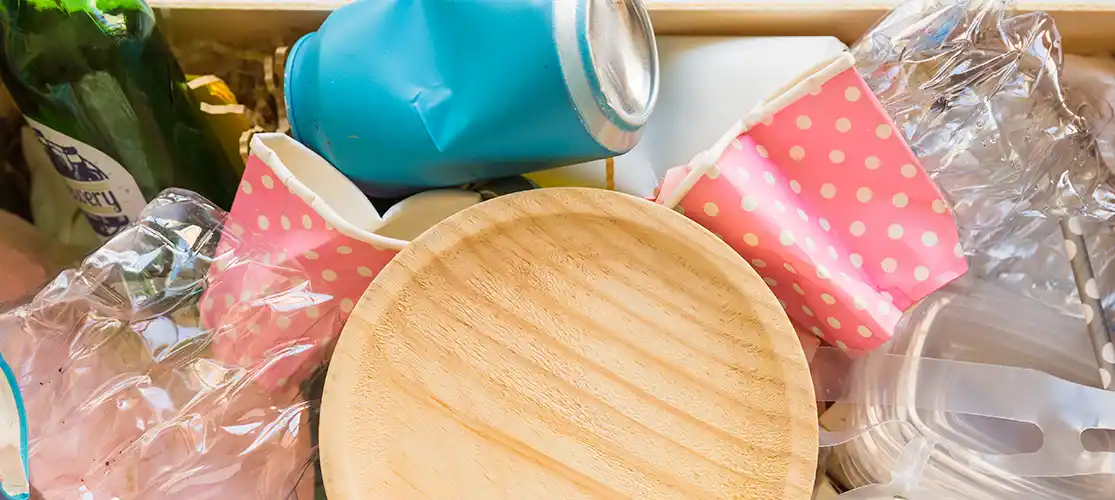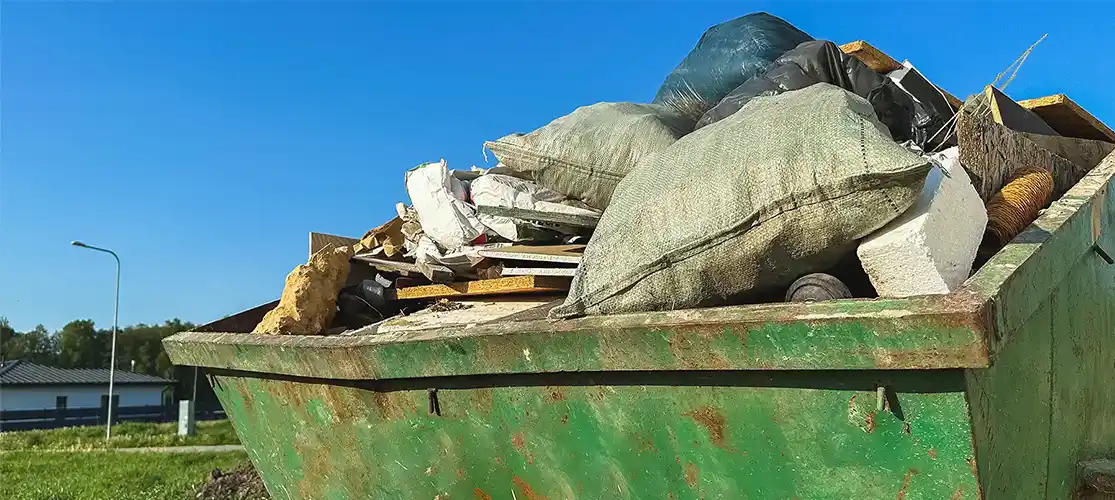From extreme weather to rising temperatures across the globe, many of us are changing our habits in order to minimise our carbon footprints. Recycling can help with this, and luckily, a lot of scrap metals can be recycled. While many people are recycling their scrap metal materials, what really happens to that scrap, and how is scrap metal recycled?
Let’s explore the scrap metal process and join metal on its recycling journey, so you can find out what happens to the items sent for recycling!
How is metal recycled?
The process of scrap metal recycling starts with scrap metal being collected. It is then sorted by machine or by hand. Then, it is processed to remove impurities. Now prepared for recycling, it is ready to give use to new products.
How is scrap metal recycled: the process
Let’s dig a little deeper into each stage of the scrap metal recycling process we mentioned above, so you can find out how scrap metal is recycled!
Step 1: Collection
Scrap metal recycling starts with you. If you decide to take your scrap metal to a yard or processing facility, try to separate it into ferrous and non-ferrous materials first.
Tip: use a magnet to sort your scrap metal – ferrous metals stick to the magnet as they contain iron.
If your business handles large quantities of scrap, it could be useful to set up a waste management system such as a skip to collect your waste metal.
Some scrap metal companies, like EJ Shanley, also offer a collection service – you can hire a man with a van to come and collect the waste metal from your location!
Step 2: Sorting
After the waste collection, sorting will take place. Even if you have sorted the scrap metal before collection, it is often sorted again for quality control.
While the scrap is sorted into ferrous and non-ferrous metals, it will also be sorted in other ways – such as metal extraction from other materials, like plastic removal from wires; type of metal; cleanliness of the metal.
Step 3: Processing
After sorting comes processing – where a few things need to happen to the scrap metal to get it ready for recycling. Metals are first compacted together to take up as little space as possible. Hydraulic machinery is then used to cut the metal into smaller pieces, with hammer mills used to shred to even smaller slithers.
Hint: This makes the next stage of the process much easier!
Step 4: Melting
With the use of a large furnace, the metal is melted. Different types of metal have different melting points, and therefore have different lengths of time until melting, which is why the earlier sorting process is key. This process can take anything from a few minutes through to a few hours!
Fact: Using a furnace to melt scrap metal is also more environmentally friendly than mining for brand new metal.
Step 5: Purification
To ensure the quality of the metal, any contaminants must be removed. Often, a process involving an electric current, such as electrolysis, is used to dissolve these impurities.
Step 6: Solidification
Chemicals are added to the purified metal before it is sent to a cooling chamber which solidifies it. Metal is most commonly compacted into blocks or melted into sheets.
Step 7: Transportation
After the purified metal has been solidified, it is sent out to manufacturing plants where new products can be made from it.
What happens to the items sent for recycling?
The purified metal that reaches the final stage of the recycling process can become anything from a new tin of baked beans you’ll open to put on your toast at dinner-time, to the wing of an aeroplane you’ll board to go on holiday this year. The scrap metal recycling process can take place at great speed while still maintaining top quality. Metal can be recycled hundreds of times without losing its properties!
Why and how is scrap metal recycled?
Recycling scrap metal saves hundreds of millions of pounds each year. Removing mining, manufacturing, and logistics from the financials can save a lot of money while also reducing the environmental impact. With today’s technology allowing us to recycle the most common metals completely, there’s no reason why expensive and environmentally harmful processes need to remain in operation.
Fact: Recycling scrap steel takes up approximately 75% less energy than mining new steel. This is enough energy to power around 18 million households!
There are many more benefits to recycling, including the restoration and protection of wildlife, and the conservation of valuable raw metal reserves.
Scrap Metal Recycled with EJ Shanley
At EJ Shanley, we have over 60 years experience recycling scrap metal across Southern England. We’re experienced in handling all types of metals, and disposing scrap metals in a sustainable way. If you’re looking to get rid of scrap metal, we’re here to help any way we can! Just get in touch with our team today.


